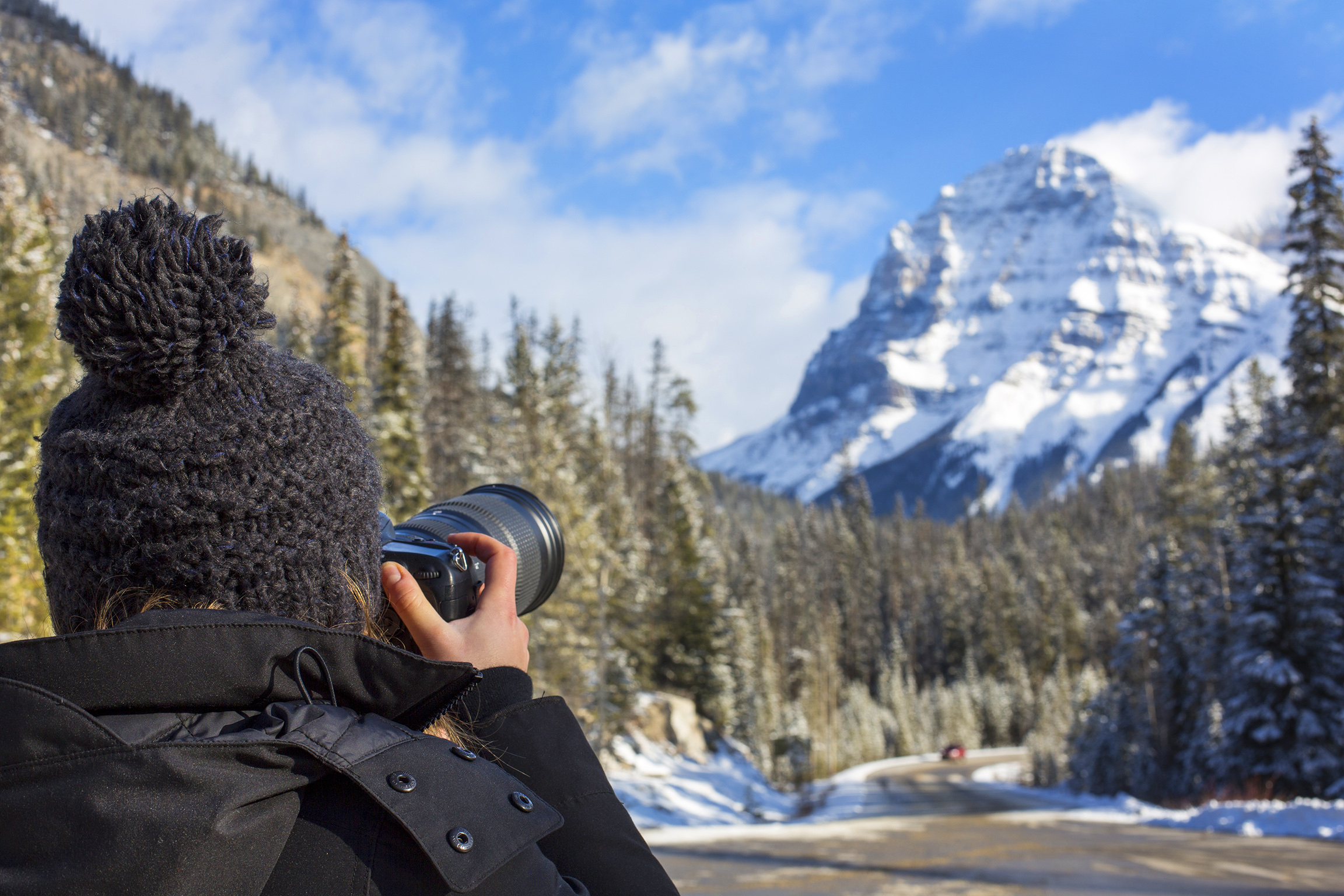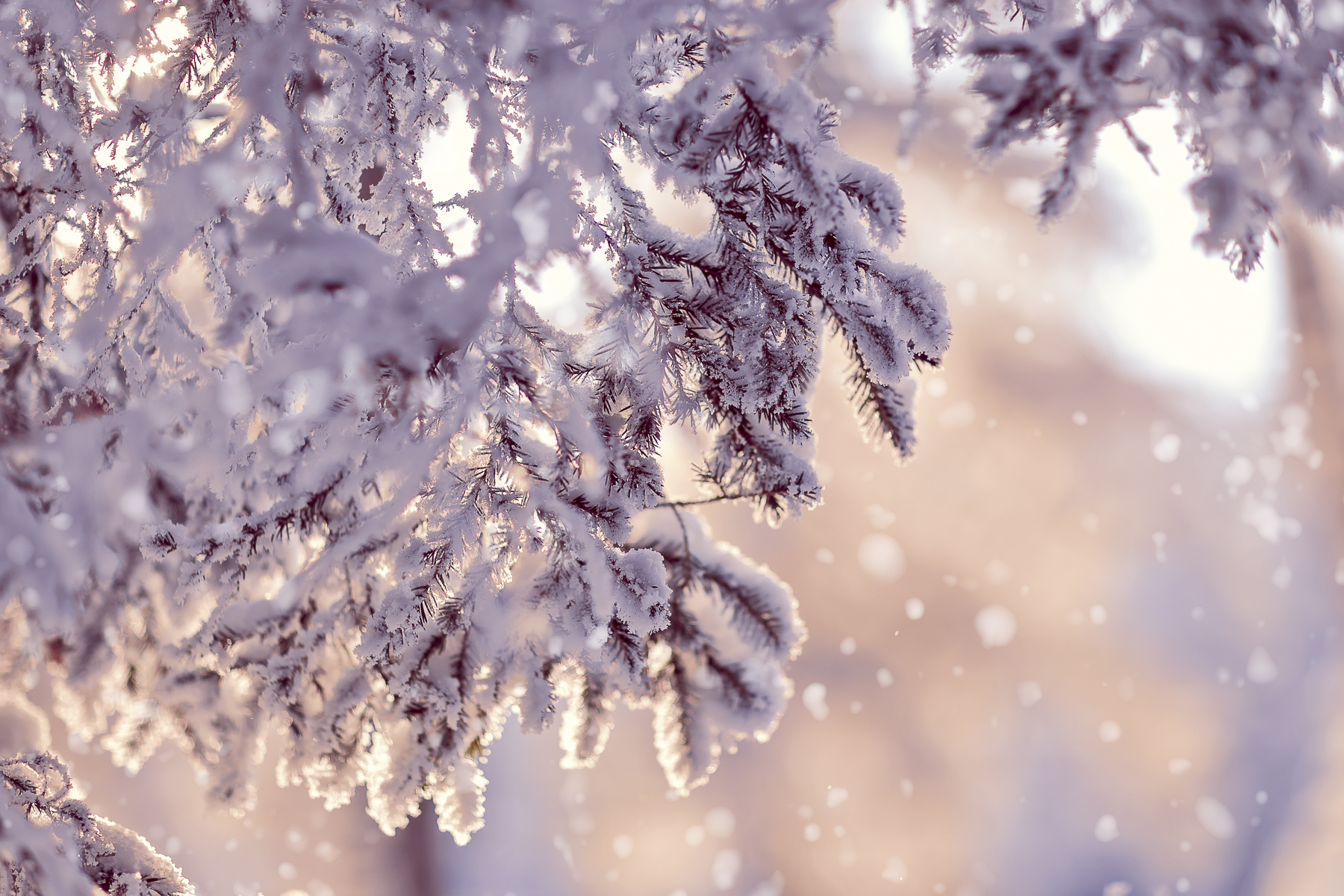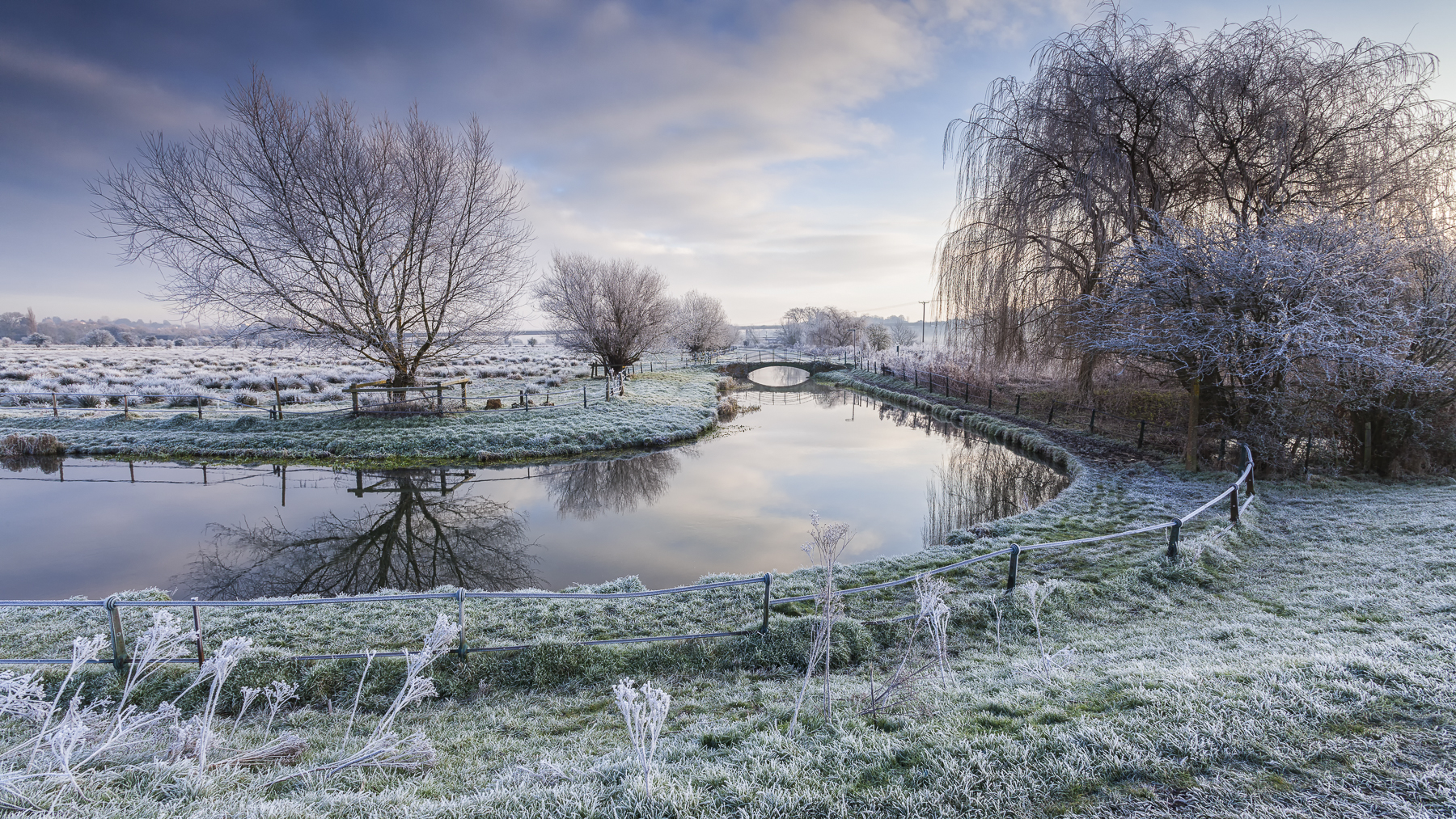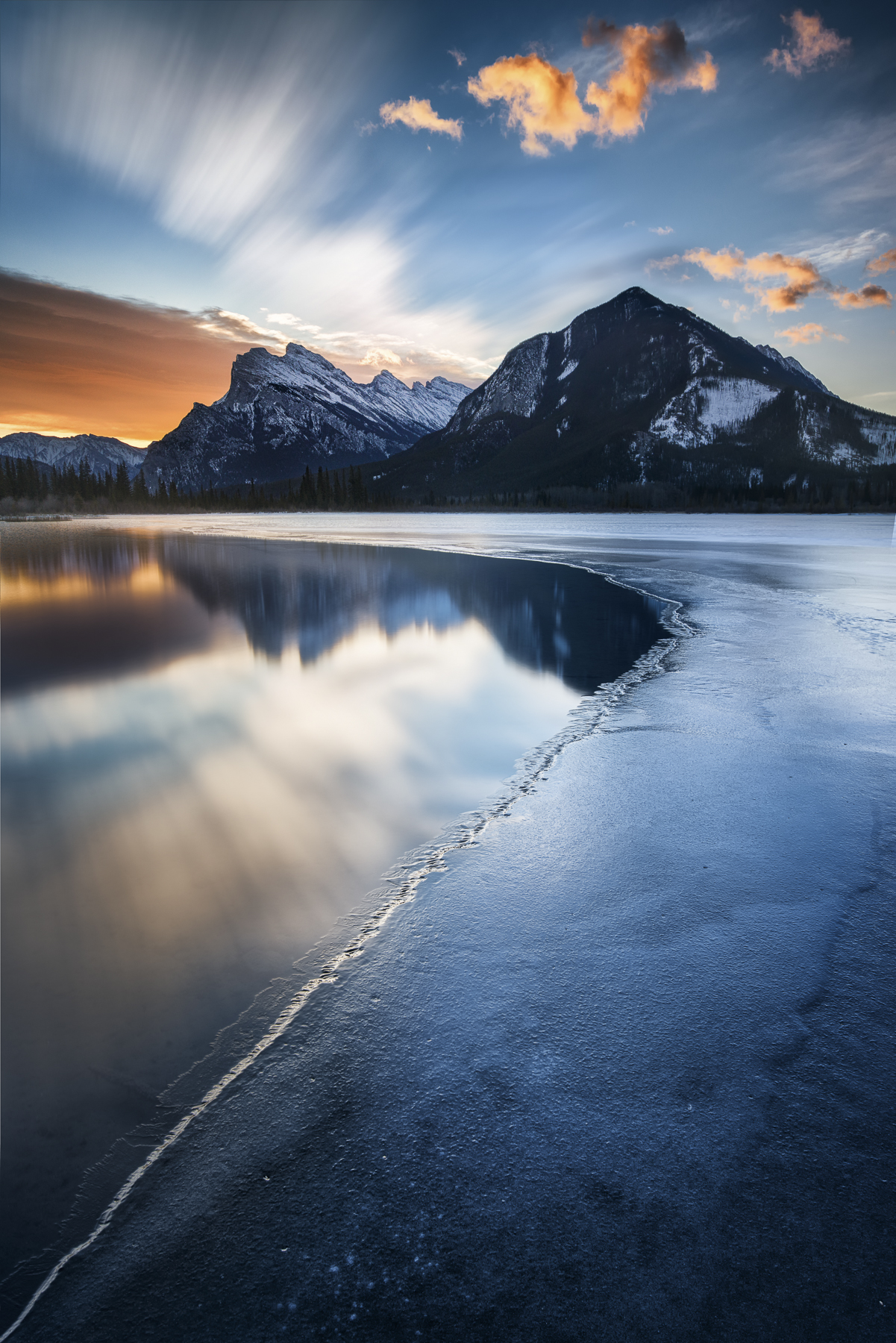How to shoot amazing winter landscapes - Part 3: lenses
Change the view by trying out all your focal lengths and capturing a fresh perspective

There’s much more to classic winter scenes than just wide sweeping vistas of mountains and fields. The season also provides plentiful opportunities for detail shots, as well as intimate landscapes.
Longer focal lengths offer the opportunity to hone in on elements such as frozen bubbles, leaves in frost, or low winter light hitting a single tree. They also compress the perspective of a scene, so that the viewer is more drawn to the subject.
When you switch up your lens choice, play around with the aperture, too. Using smaller f/stops than you might usually for standard landscapes can yield dreamy out-of-focus backgrounds and bokeh.
Read more:
• Best cameras for landscapes
• Best lenses for landscapes
Use a telephoto lens for frosty elements

Shooting with a long focal length doesn’t have to mean carrying a hefty lens around with you. It’s possible to capture intimate images with lengths of around 60mm and longer, if you’re fairly close to your subject.
This backlit detail shot was captured using the Canon 85mm f/1.2, a short and compact optic that’s perfect for working with the low light of winter (thanks to
its wide maximum aperture).
With a telephoto lens, look for patterns and details, such as snowflakes and frosty leaves. Instead of trying to keep your entire scene pin-sharp by setting a narrow aperture use a wide aperture and throw the background out of focus.
Here, the eye is drawn to the magical backlit branches in the foreground, while an f/1.6 aperture renders the trees beyond into an attractive blur.
Don't neglect your kit lens

A standard kit lens like the Canon EF-S 18-55mm (equivalent to 28.8-88mm on a full-frame camera) will give you a versatile reach between a wide angle and a mid-telephoto zoom. Be mindful of what you include and leave out of your frame,
though, and try to employ the full variety of focal lengths.
There’s often so much white in a snow scene that, rather than relying on a wide angle, the composition becomes more effective if you zoom in to avoid large areas of featureless white space. Above, a focal length of 18mm has been used, so that the bridge, the winding river and the frosty foreground can all be included.
Go for an ultra-wide angle

An ultra-wide-angle zoom lens is the perfect tool for capturing a very expansive landscape – think sweeping vistas, big skies, snowy mountains in the distance. As wide-angle focal lengths enable you to include more of the landscape than the human eye would naturally see, they help to convey the wonder of a grand scene.
In terms of shooting, opt for a minimum focal length of around 16mm; try to get low down as you compose; and use leading lines (such as the icy water’s edge here) to give the viewer’s eye a little direction into the frame.
Read more:
Landscape photography tips
Best camera for landscapes
Best lenses for landscapes
Get the Digital Camera World Newsletter
The best camera deals, reviews, product advice, and unmissable photography news, direct to your inbox!

Lauren is a writer, reviewer, and photographer with ten years of experience in the camera industry. She's the former Managing Editor of Digital Camera World, and previously served as Editor of Digital Photographer magazine, Technique editor for PhotoPlus: The Canon Magazine, and Deputy Editor of our sister publication, Digital Camera Magazine. An experienced journalist and freelance photographer, Lauren also has bylines at Tech Radar, Space.com, Canon Europe, PCGamesN, T3, Stuff, and British Airways' in-flight magazine. When she's not testing gear for DCW, she's probably in the kitchen testing yet another new curry recipe or walking in the Cotswolds with her Flat-coated Retriever.
